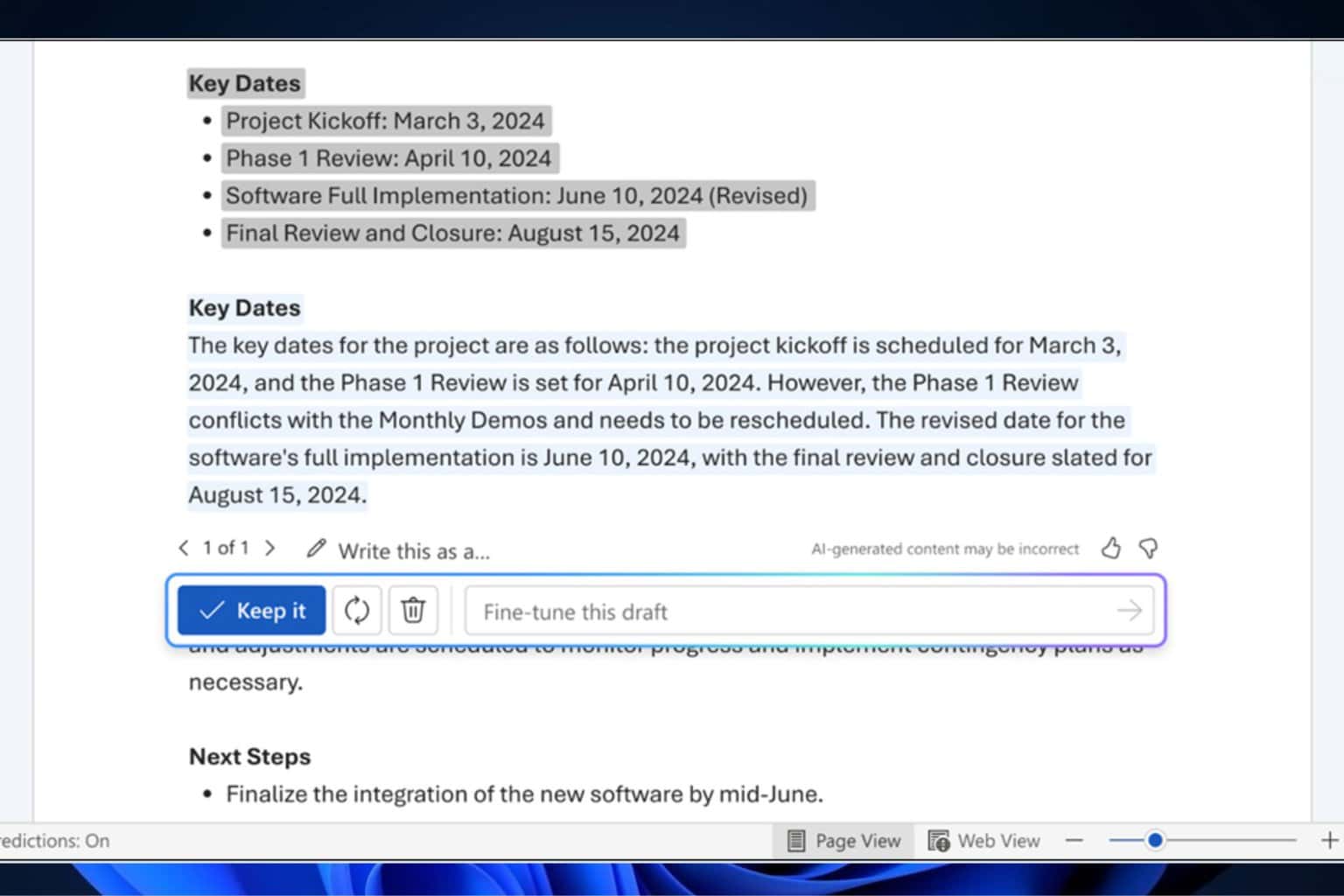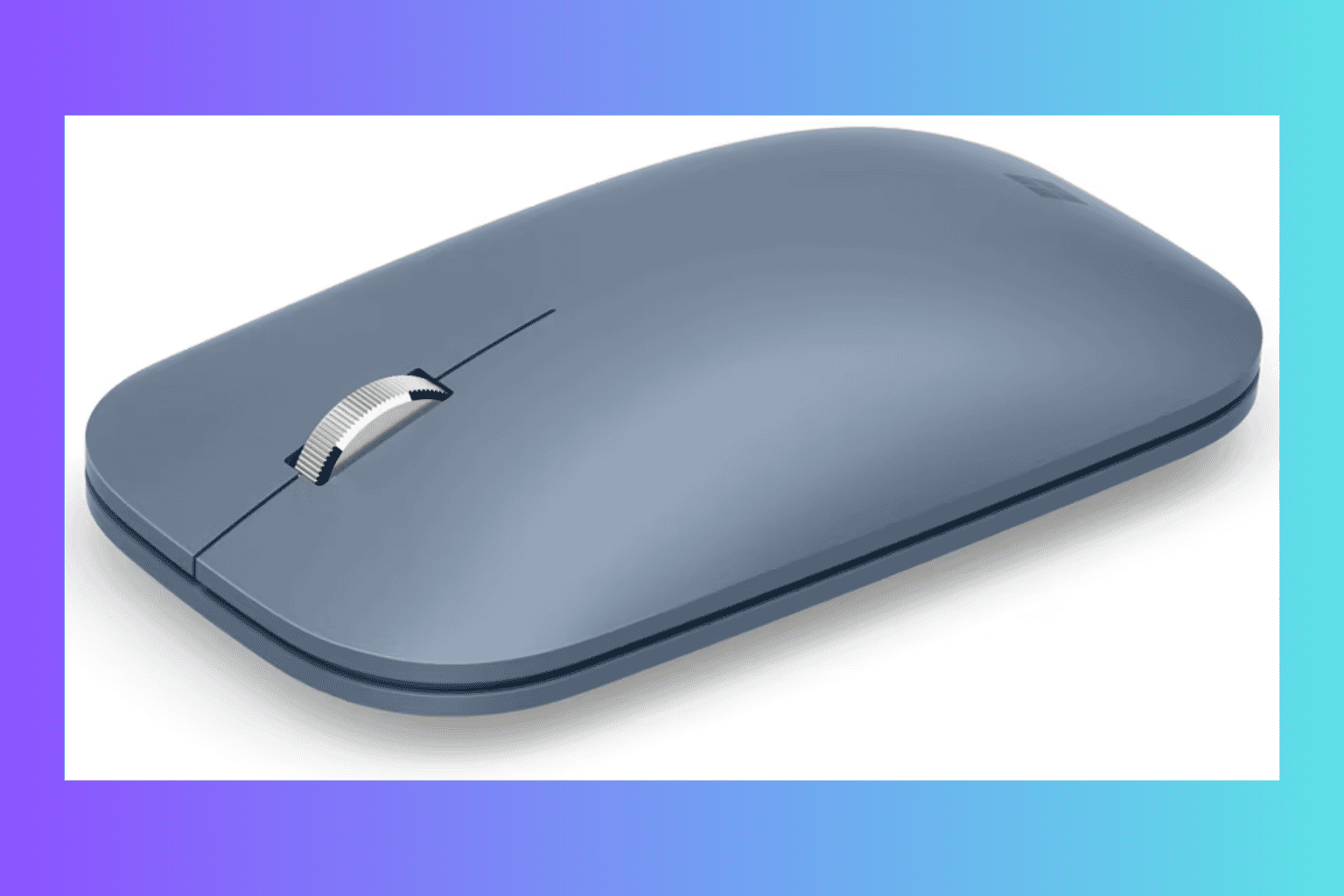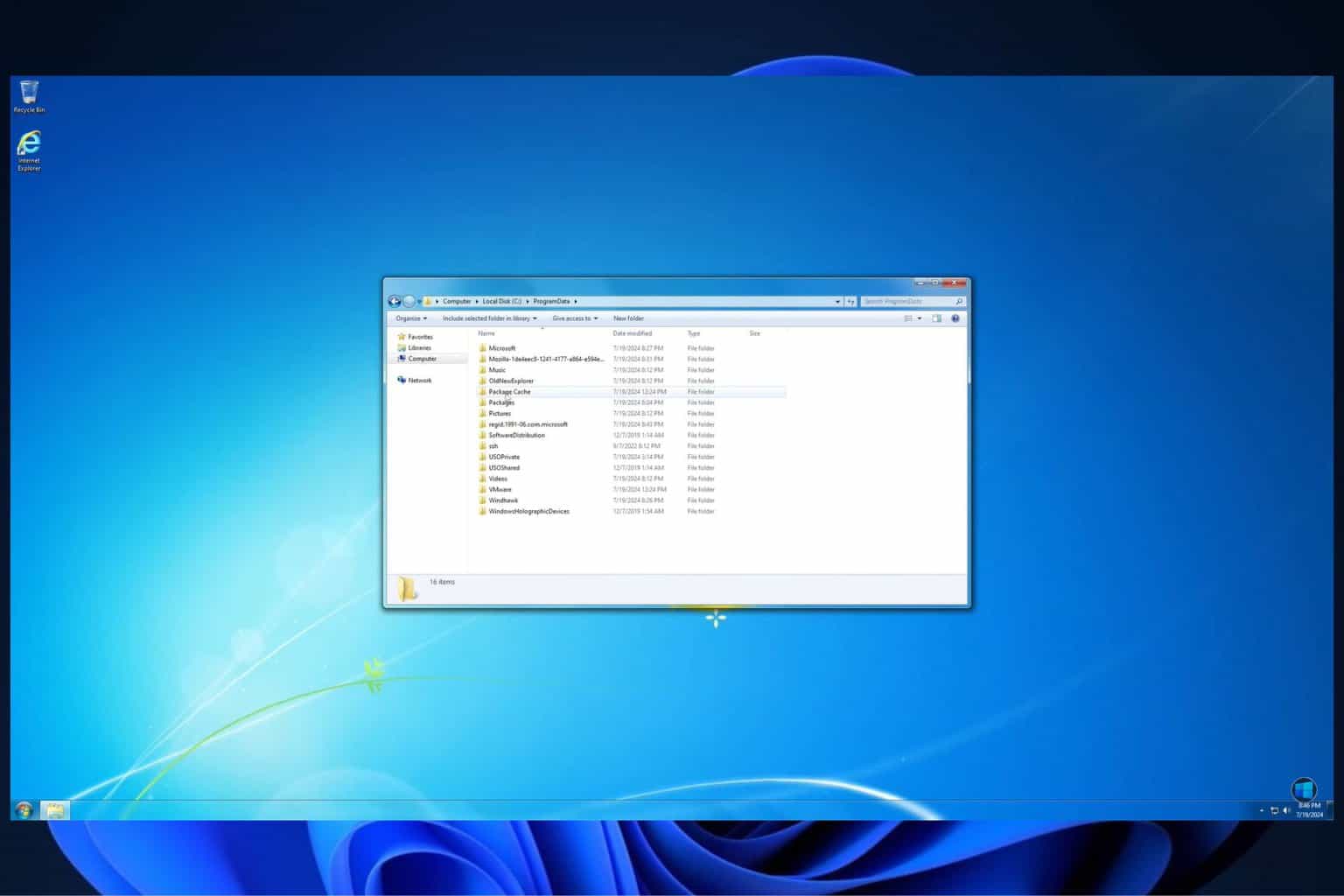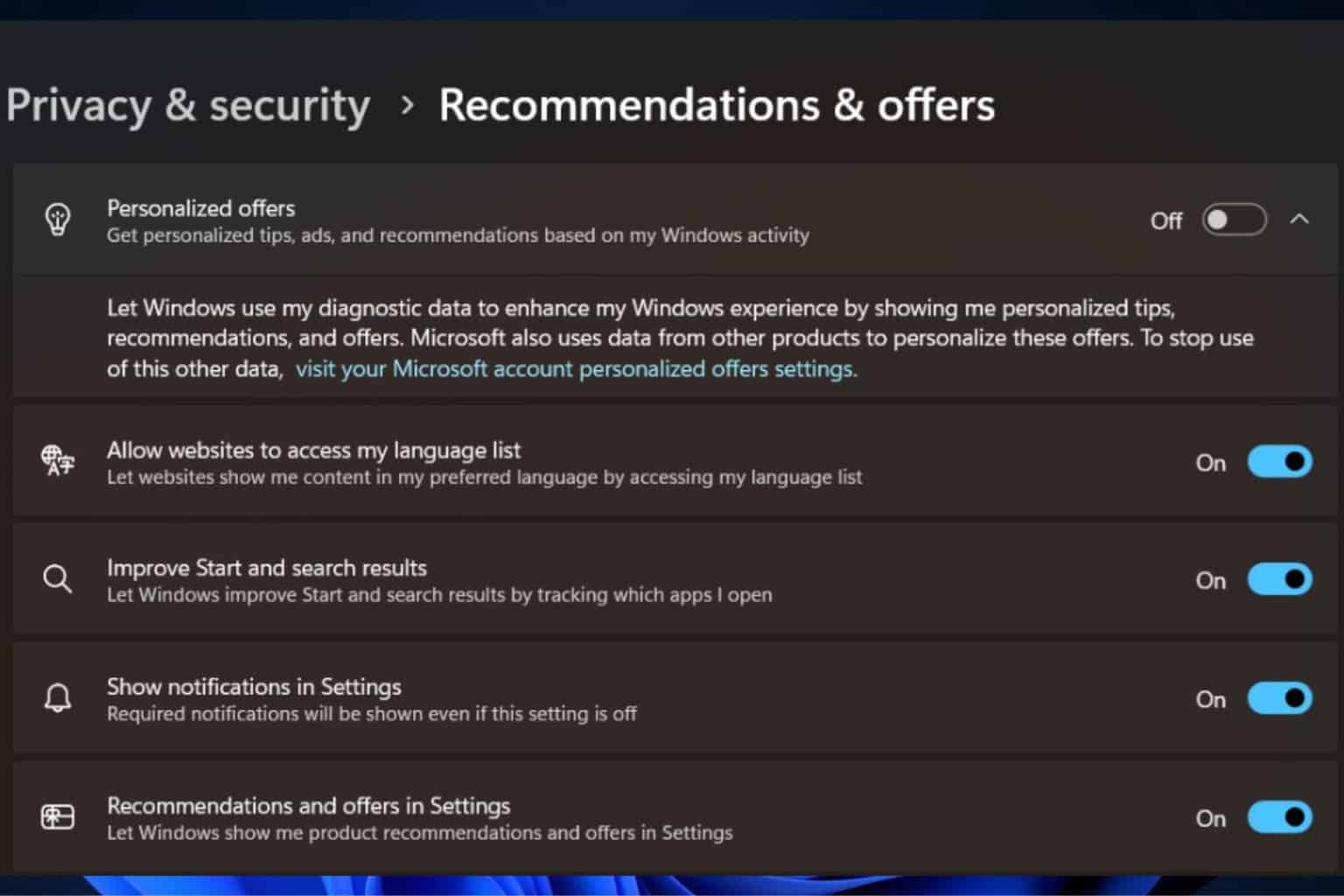No clarity about ESU for home PCs running Windows 10, Microsoft prioritizes commercial organizations
Details about ESU for commercial organizations are already out
2 min. read
Published on
Read our disclosure page to find out how can you help Windows Report sustain the editorial team Read more
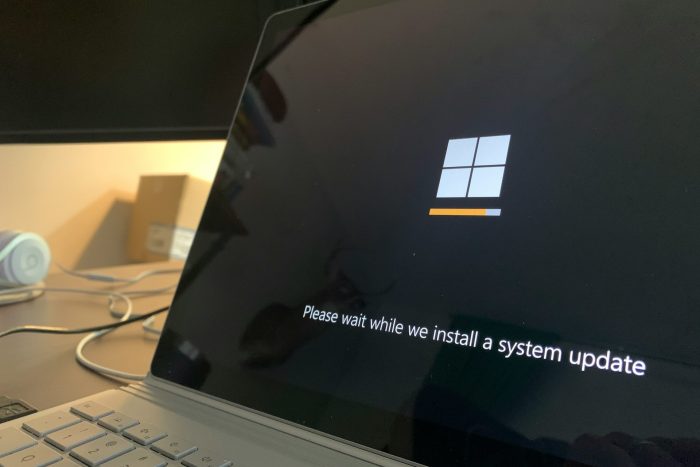
With Windows 10 nearing the End of Support (October 15, 2025), many of you must be concerned about running an unsupported OS. The good news, Microsoft will offer Extended Security Updates (ESU) for three years to unsupported Windows 10 PCs.
The problem is that, so far, Microsoft only appears concerned about commercial organizations. Its latest blog post details every aspect, including the different ESU pricing models for commercial clients. However, the tech giant hasn’t yet shared the same information for regular users with a home computer!
Microsoft’s note in the blog post titled, When to use Windows 10 Extended Security Updates, confirms this. The note reads,
The details and pricing structure outlined in this post apply to commercial organizations only. Details will be shared at a later date for consumers on our consumer end of support page. Educational organizations can find tailored information about Windows 10 end of support in the Microsoft Education Blog.
A likely reason behind this is that commercial clients are more likely to pay the annual fee for ESU compared to regular users, especially when the base license costs $61 per device for the first year, and the prices double yearly.
As per projections, most users who will stay on Windows 10 after End of Support (EoS) will be on a home computer. PCs registered with commercial organizations will sooner or later be upgraded to Windows 11.
So, Microsoft should soon come out with a blog for home computer users, detailing the pricing, duration and other vital aspects.
Remember, ESU entails only security updates for enhanced protection from threats and not any improvements to the OS. Don’t expect new features to be introduced on the PC after subscribing to ESU!
Options for home users after Windows 10 reaches End of Support
If you are running Windows 10 and worry about EoS, there are several options to explore. The ideal solution is to install Windows 11, but if your PC doesn’t support the latest iteration, perhaps modify the Registry to bypass installation checks.
Google also offers ChromeOS Flex as a free upgrade to Windows 10 devices. So, if you don’t mind switching operating systems, it’s a feasible option!
Lastly, you can get a new Windows 11-compatible PC. With the increased AI adoption in the latest iteration, we recommend getting one with an NPU ( Neural Processing Unit).
Would you subscribe to Windows 10 ESU or choose another option? Share with our readers in the comments section.

